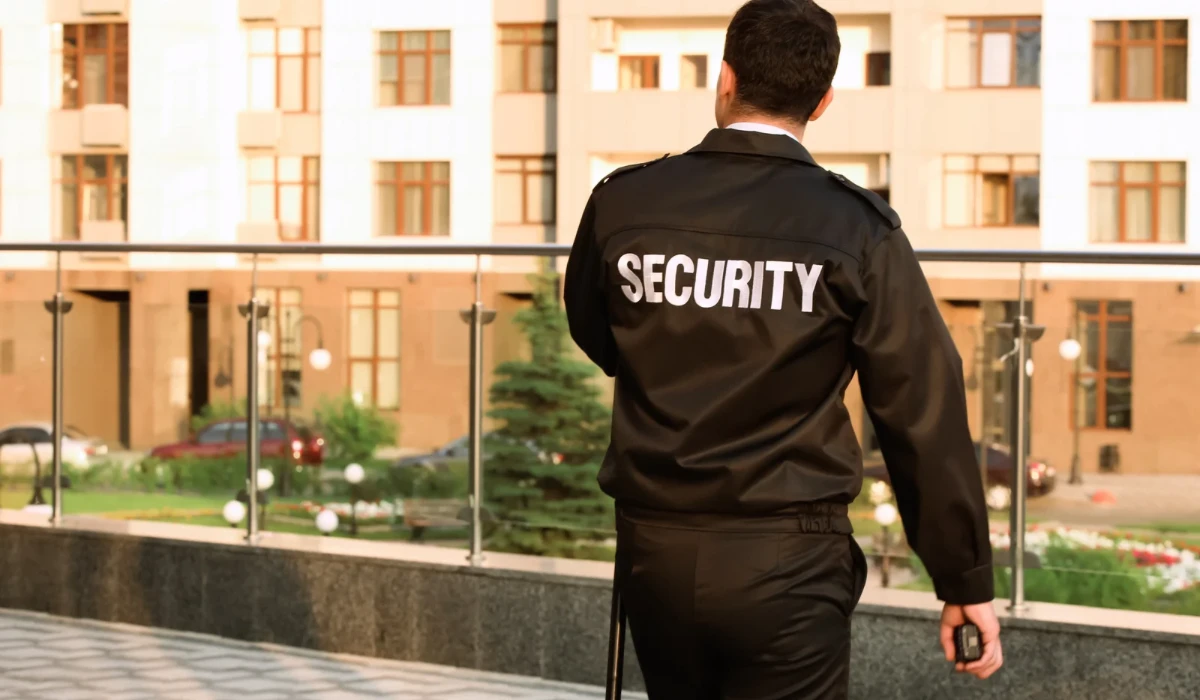In today’s educational landscape, the safety of students and staff is a top priority. Yet, detecting potential acts of violence in K-12 schools remains a difficult and often imperfect process. While there is no single formula to predict violent behavior, research and real-world experience suggest that early intervention can make a difference. But that’s if key warning signs are recognized and addressed in time.
Violence, whether in schools, homes, or workplaces, is shaped by a complex mix of factors. In schools especially, strained peer relationships, family problems, psychosocial stress, bullying, social isolation, and dramatic behavioral shifts can all contribute to a heightened risk. Experts stress that identifying concerning behaviors early is critical to preventing escalation.
Jerry Clark, Ph.D., a retired FBI Special Agent now with Arrow Security, believes more can be done to catch these signs before tragedy strikes. Drawing on years of investigative experience, Clark highlights several common misconceptions, and the realities, surrounding student violence in schools.
Separating Myth from Reality
Too often, assumptions about who might commit a violent act in a school setting cloud the ability to intervene effectively. Dr. Clark points to several widely held beliefs and the factual evidence that contradicts them:
-
Assumption: Students who carry out school shootings are typically troublemakers with a history of disciplinary action.
Reality: False. Research shows that roughly 66% of attackers had no significant disciplinary record. -
Assumption: Attackers struggle with coping after major personal losses or failures.
Reality: True. An overwhelming 98% of attackers experienced a major loss or perceived injustice prior to their act of violence. -
Assumption: Most attackers have been victims of bullying.
Reality: True. Around 75% of attackers reported feeling bullied, persecuted, or injured by others before they acted. -
Assumption: School shootings are impulsive acts carried out without planning.
Reality: False. Most school attacks are carefully planned, sometimes months or even years in advance.
These facts underline a crucial reality: school violence rarely happens without warning. The challenge lies in recognizing and acting on early behavioral indicators before a student progresses from stress and anger to violent action.
No Perfect Checklist – But Clear Warning Signs
While it would be easier if there were a specific profile for identifying potential threats, Clark cautions against relying on a checklist approach.
“Unfortunately, there are no ‘magical’ number of traits that will determine which student might present a problem. However, a practical approach indicates that the more problems of the student which are identified, the greater the level of concern that exists,” says Dr. Clark.
Stressors, such as major life changes, feelings of persecution, or perceived injustices often set the stage for concerning behavior. Changes in mood, attitude, attendance, social engagement, and even seemingly small acts of aggression or withdrawal can all serve as early warning signs. The more patterns that emerge, the greater the need for immediate assessment and possible intervention.
Building a System of Prevention
Clark emphasizes that schools must go beyond observation. Prevention must be rooted in a coordinated strategy that empowers teachers, students, and parents to notice and report troubling behaviors without fear or stigma. He recommends a multi-pronged approach that includes:
-
Student Assistance Programs: Groups of teachers and staff meet regularly to discuss students showing signs of academic, behavioral, or emotional difficulty. Early, collective action can offer support before a crisis develops.
-
Peer Assistance Groups: Students are encouraged to share concerns about classmates in a confidential, supportive environment, helping to break the “code of silence” that often exists among teens.
-
Parent Education Programs: Schools can host workshops and distribute materials to help parents recognize when their child may be struggling emotionally or socially, and guide them toward professional resources when needed.
“It is worth noting that accurately evaluating and detecting someone’s behavior requires a baseline or how he/she/they typically behave,” says Dr. Clark.
He adds that with adults, whether parents or community members, who may pose a threat to schools, this baseline can be harder to establish. In such cases, on-duty security officers often become the first critical layer of protection, able to spot behaviors that seem out of the ordinary.
Creating Safe Reporting Systems
In many cases, students know about potential threats before adults do. But without safe, confidential ways to report concerns, important information may never come to light.
“For the student whose parents or peers may in fact pose a threat, giving them a safe, confidential method of reporting any potential threats should be a mandatory requirement in K-12 schools. This can be facilitated through a teacher, trusted guidance counselor, or school health or security professional,” Dr. Clark advises.
Anonymous reporting systems, trusted adult allies, and trauma-informed response protocols must be part of every school district’s safety infrastructure.
Moving from Reaction to Prevention
While there is no single way to prevent every act of violence, creating strong early warning systems, building supportive school cultures, and empowering students, staff, and parents to act on concerns can save lives.
The pathway to violence is often visible in hindsight. Dr. Clark’s message to school leaders is clear: by staying vigilant, informed, and proactive, schools have a real opportunity to interrupt that path before tragedy strikes.





